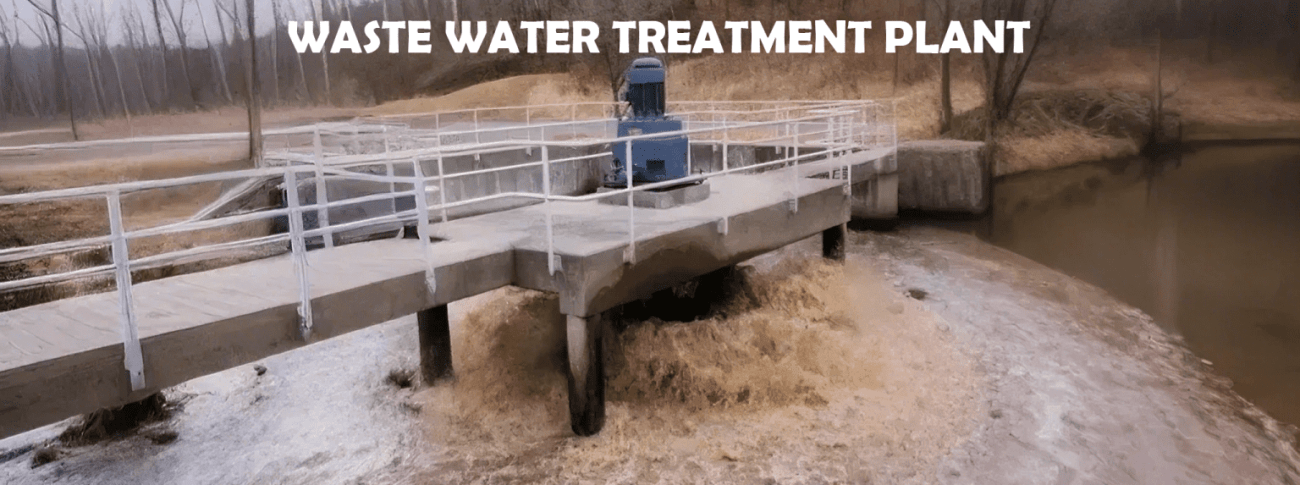
WASTE WATER TREATMENT PLANT IN BANGLADESH
Understanding Wastewater Human activities generate wastewater as a byproduct, which often contains pollutants like industrial chemicals, pharmaceuticals, and radioactive substances. Wastewater treatment plants (WWTPs) play a crucial role in neutralizing these contaminants, safeguarding the water cycle, and ensuring a healthier aquatic environment.
—
Types of Wastewater Treatment Plants
1. Primary Treatment Plants
These plants process wastewater from diverse sources to make it reusable. Using biological and chemical treatments, they separate contaminants, enabling treated water to be repurposed for irrigation, municipal supplies, and more.
2. Secondary Treatment Plants
Secondary plants focus on eliminating suspended and dissolved solids. These systems are efficient for managing sewage and produce effluent suitable for agricultural and industrial reuse.
3. Tertiary Treatment Plants
Also known as advanced treatment facilities, these plants address complex pollutants like chemicals and microorganisms. They enhance water quality by eliminating odor, color, and excess nutrients before safe discharge into the environment.
—
Benefits of Wastewater Treatment in Bangladesh
At Aqualife Engineering, we believe wastewater treatment plants offer transformative advantages:
- Environmental Protection: Keeps water bodies clean and healthy.
- Water Reuse: Treated water supports agriculture, domestic, and drinking purposes.
- Employment Creation: Generates jobs for local communities.
- Waste Management Efficiency: Reduces hazardous waste disposal challenges.
- Regional Development: Boosts socio-economic conditions, alleviates poverty, and stimulates growth.
- Sustainability: Helps reduce landfill loads and conserve resources.
—
How Wastewater Treatment Plants Work
Wastewater treatment involves multiple stages:
- Collection: Wastewater is gathered via pipes, channels, and tanks.
- Primary Filtration: Large particles are trapped using filters. Activated carbon may be added to control odors and toxins.
- Secondary Treatment: Sand, gravel, or microorganisms help remove solids and floatable material.
- Disinfection: Chlorine or UV radiation is applied to neutralize harmful agents.
- Dewatering: Pressure and heat are used to remove water from sludge for efficient disposal.
—
Key Features of Our Plants
- Collection Systems: Advanced pipelines and channels for wastewater gathering.
- Efficient Treatment Methods: Biological, chemical, and physical processes ensure optimal purification.
- Disposal Solutions: Treated water meets governmental standards for reuse or safe discharge.
- Reliable Maintenance: Regular inspections ensure longevity and efficiency.
- Expert Operations: Managed by skilled engineers for seamless functionality.
—
Why Choose Aqualife Engineering?
As a trusted leader in wastewater treatment, Aqualife Engineering stands out for:
- 15+ years of expertise in wastewater management.
- Advanced technologies and cutting-edge equipment.
- A dedicated team of engineers committed to excellence.
Our services include:
- Custom design and installation of wastewater treatment facilities.
- Renovation and optimization of existing plants.
- Development of innovative recycling and wastewater management solutions.
Choose Aqualife Engineering for sustainable, efficient, and eco-friendly wastewater treatment solutions in Bangladesh.
